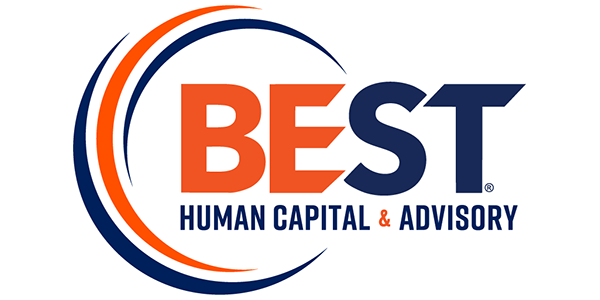
Who Wants to Be a Leader?
Do you have a specific career vision of becoming a company leader in the horticulture industry someday? Are you working on adding professional skill sets to enable you to take on C-level or leadership-level roles? As a company, have you invested in a definitive training and development program aimed at developing your next leaders? There […]








